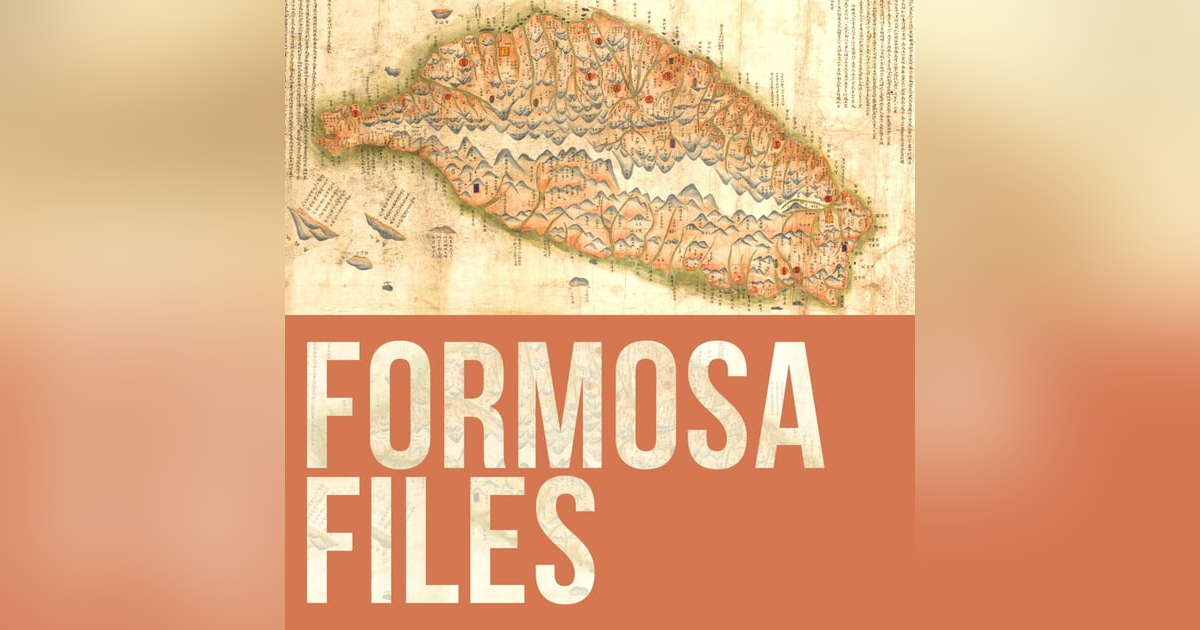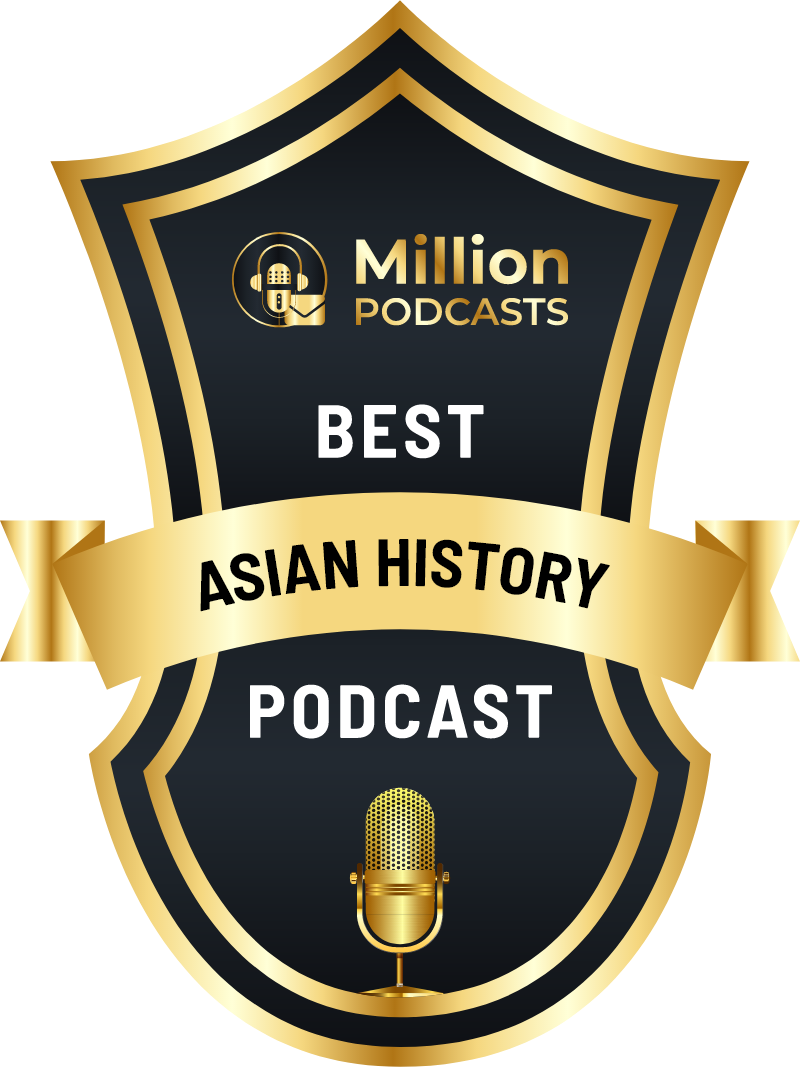S4-E39 - Traditional VS. Simplified Chinese Characters – 繁體字或簡體字?

As you likely know, Chinese writing comes in two main forms: traditional (fántǐzì) and simplified (jiǎntǐzì). Taiwan uses traditional characters and China uses simplified characters. Taiwan is a peace-loving democracy and China is an authoritarian state; ergo – traditional characters are better! But no, logic doesn’t care about politics and as John and Eryk debate this sometimes-controversial topic, you may come to agree with us that there are pluses and minuses for both systems. Eryk likes writing his wife’s surname as 刘, not 劉… but John has a point about beauty – did they really need to do this 东 to “east”? Was the original, 東, really oh, sooo hard? Enjoy a friendly argument or two, and learn a bit of the history of characters and the people who simplified them.
PS: if you want to know more about Hanyu Pinyin, listen to our Bookish Asia podcast episode where John chats with an author of a book on Zhou Youguang (周有光).
Cover shows the traditional and simplified version of the Chinese characters MA, meaning horse. Via That's Mandarin
The evolution of "ma/horse."
SOME OF THE PEOPLE MENTIONED IN THIS EPISODE (or somewhat connected):
* Lu Xun 鲁迅: One of the most prominent Chinese authors of the 20th century. His quote, "if Chinese characters are not destroyed, then China will die" (漢字不滅,中國必亡), was pretty hardcore.
* Qian Xuantong 錢玄同: A close friend of Lu Xun, Qian was a key figure in the May 4th Movement and the New Culture Movement. Despite his close relationship with the Chinese classics, he promoted the abolition of Literary Chinese. He was also a strong supporter of Esperanto, at one time even proposed using it instead of Chinese!
* Qian Sanqiang 錢三強: The son of Qian Xuantong, was a Chinese nuclear physicist and worked on the PRC's Two Bombs, One Satellite program.
* Liu Bannong 劉半農: A Chinese poet and linguist, and another leader in the May 4th Movement. Liu's essay "My View on Literary Reform: What is literature?" (我之文學改良觀), published in 1917 influenced many.
* The Chinese Communist leader you've never heard of: Chen Duxiu 陳獨秀 (8 October 1879 – 27 May 1942).
Chen was a Chinese revolutionary socialist, educator, philosopher and author, who co-founded the Chinese Communist Party with Li Dazhao in 1921. In the summer of 1915, Chen founded the journal Youth – – in Shanghai. The journal criticized conservative Chinese morality and Confucianism. The journal also promoted vernacular writing instead of traditional Confucian writing conventions. Chen argued against points written in an essay by Mao Zedong in 1925. In 1929, he was expelled from the CCP. After, Chen was for a time the leader of China's Trotskyist movement.
History of Simplified Chinese characters, via WIKI.
Below: The ROC was the first to try making Chinese easier. Below is an excerpt of initial 1935 simplifications promulgated by the Republic of China Department of Education in 1935, later retracted in 1936. Via Wiki.
WIKI: The List of Commonly Used Standard Chinese Characters is the current standard list of 8,105 Chinese characters published by the government of the People's Republic of China and promulgated in June 2013. The project began in 2001, originally named the "Table of Standard Chinese Characters."
This table integrates the First Batch of Simplified Characters (1955), the Complete List of Simplified Characters (initially published in 1964, last revised in 1986), and the List of Commonly Used Characters in Modern Chinese (1988), while also refining and improving it based on the current usage of characters in mainland China.
After 8 years of development, a draft for public comment was released on August 12, 2009. It was officially promulgated on June 5, 2013, becoming the standard for the use of Chinese characters in general societal applications, and all previously related character lists were discontinued from that date.
PDF from the PRC with the 8,105 List of Commonly Used Standard Chinese Characters.
Below: Via Pandanese: "At first glance, Chinese and Japanese writing systems may appear similar. However, you’ll find differences if you study them."
Below: Eryk's very used copy of William McNaughton's Reading and Writing Chinese (bought at Caves Books Store in Taipei in 1992).
Info and image below via Arch Chinese: "This Chinese Radical Table lists all 214 radicals for traditional Chinese characters. The list of Chinese radicals is a rough equivalent of a Chinese alphabet. They are used to index the characters for Chinese dictionaries. They are also the building blocks of Chinese characters and often reflect some common semantics or phonetic characteristics. Knowing common radicals can help you learn new Chinese characters."
Via Berlitz (simplified CH) "Chinese radicals are components of characters. They often provide clues on the meaning or pronunciation (or both!) of a particular character, so studying them well can definitely pay off. For example, the Chinese radical 女 (nǚ) means woman. If you spot that radical in another character, it generally means that the character is related to women in some way. For example, the Chinese word for mom is 妈妈 (māma). Spot something familiar? That’s right! The 女 (nǚ) radical is there to give you a hint about the meaning of those characters you may have forgotten about! However, this doesn’t always work. Sometimes, characters will include radicals that have absolutely nothing to do with the meaning of the word. In fact, radicals may sometimes represent the pronunciation of the character rather than allude to its meaning. For example, the radical 乙 (yǐ) means second, and the word 艺 (yì) means skill. “Second” has nothing to do with “skill,” but the radical gives you a hint on how it’s pronounced! With that said, radicals aren’t always reliable. There are many instances where a radical won’t help you gain any insights into the meaning or the pronunciation, so you should proceed with caution. Radicals can be friends, but they can’t be trusted 100% of the time."
Info via LTL Language School:
"How many Chinese characters are there? Well, according to the Taiwan Ministry of Education’s 2004 Dictionary of Chinese Character Variants (異體字字典, Yìtǐzì zìdiǎn) the figure is 106,230!! However, most modern-day dictionaries commonly have around 20,000 characters. For example, the Modern Chinese Language Dictionary (現代漢語詞典 xiàndài hànyǔ cídiǎn) has 12,500 characters. But, are you really expected to learn that many characters!? The answer is no. In fact, it’s estimated that you only need to know around 3,000 characters to be able to read most things. HERE IS A QUIZ - how many of the top 100 most common traditional Chinese characters do you know?"
- The Vietnamese alphabet is similar to the English alphabet, but with additional letters and markings to represent Vietnamese sounds.
- The alphabet was developed by Portuguese missionary Francisco de Pina (1585–1625).
- The alphabet was influenced by Catholic missionaries who used it to transcribe Vietnamese sounds to spread Christianity.
- The Vietnamese alphabet includes vowel and tone markers to represent the different sounds of Vietnamese words.
Read more about the way Vietnamese is and was written HERE and HERE.
Below: The current Vietnamese alphabet. Via Omiglot.com.
PS: if you want to know more about Hanyu Pinyin, listen to our Bookish Asia podcast episode where John chats with an author of a book on Zhou Youguang (周有光).
Do us a favor and rate/review the show! It really helps. Do it on Apple Podcasts or here on our website.
Write us with questions or ideas at formosafiles@gmail.com
AND THE BIGGEST REQUEST: tell others about this free, not-for-profit resource about Taiwan.





















